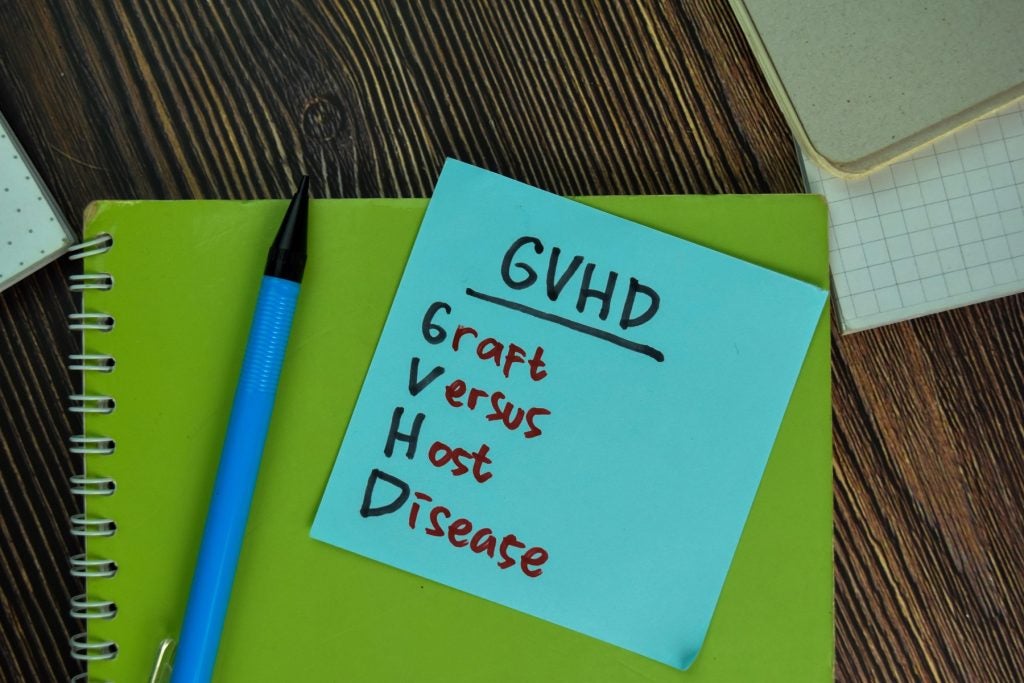Lucy Tanner: Pnina, what do you see as the current trends within the sector at the moment?
Pnina Strauss-Levy: One of the most important points to consider is pharma economics. It’s rarely being considered in the early stages of clinical development and often organizations, especially young companies, don’t even implement it into their clinical strategy. A company may be very successful in passing the regulatory hurdle and register a drug with the FDA/ EMA or other. However, not necessarily, this company will be able to sell its product and generate the profit it desires, all because that pharma economics and reimbursement issues were not considered early on.
Certainly, if a company does not consider such elements throughout the entire development process, as early as the drawing board stage to late Phase III studies, a price will be paid in the form of longer time to market. You’re always going to pay more money as the time to market increases and this is when CROs come into play.
LT: In terms of the need to eliminate these risks, where do you think the solution lies?
PS: The solution lies in having these considerations in the drug development agenda. It’s important to hire clinical experts that can attest and manage such elements, as well as drug reimbursement experts during your clinical development. This is essential to ensure the value story the company creates for its drug is able to sell the product and not only “pass” the FDA.
See Also:
Another important matter is to look at the competitor landscape. What drugs do you have on the outside and how are you better than the rest? What’s your added value? You need to constantly scan the environment. However, that’s one great thing about competition, it constantly makes you raise you game and produce better drugs for the market. Israel is a great example for this. So many successful pharma companies lift the bar and challenge others to create higher value products. We have a home advantage due to increasing competition.
How well do you really know your competitors?
Access the most comprehensive Company Profiles on the market, powered by GlobalData. Save hours of research. Gain competitive edge.

Thank you!
Your download email will arrive shortly
Not ready to buy yet? Download a free sample
We are confident about the unique quality of our Company Profiles. However, we want you to make the most beneficial decision for your business, so we offer a free sample that you can download by submitting the below form
By GlobalDataLT: In your experience when managing CRO relationships, what has been the most difficult obstacle to overcome?
PS: I think retaining appropriate control of your study and vendors has to be one of the biggest hardships. There are so many conflicts of interest when partnering up with CROs. For example, the sponsor is interested to have the shortest time to market, while the CRO is paid more if the time span of such development is increased. It is of course not the case that CROs, or at least the ones that I have worked with, are doing this on purpose, but it’s not a priority on their agenda.
LT: How would you manage these situations?
PS: Well, you need to ask a set of questions. For example, in the case of enrollment time, the sponsor can offer agreement based measures that provide incentive for meeting or shortening the timeline and/or pay a lower fee in case such period is extended beyond what was planned. Also, the sponsor must manage the CRO closely and ask are you doing the best possible work for me? How do I know that? How do I get the notion that everything is in place? It’s difficult because to date there isn’t an optimal fit with CROs. The sponsor can always hire a dedicated vendor that can assist with enrollment, but that’s extra cost, which is actually what happens in real life – in most cases the sponsor is developing the drug at a greater cost than expected.
LT: What are the implications and what could be put in place to solve this issue of finding a good sponsor-CRO match?
PS: It’s difficult and this poses a problem for the sponsor. To date there isn’t really an optimal, whereby the trial sponsor is getting the most from the outsourcing service. Eventually, the sponsor will end up developing the drug at a greater cost than expected, sometimes much more expensive than they anticipated. There are ways to tackle this, in the agreement itself. For example, put in milestones for payments and productivity; this is crucial. There needs to be a clear plan of what the sponsor needs from a CRO.
The sponsor should carefully evaluate their needs, the development plan timelines and define these requirements within the agreement. The sponsor must audit the CRO, not only from GMP/GCP perspective, but also from a business point of view. The sponsor must get references from other clients, interview the key contacts/ project managers at the CRO who will be working on their study and insist on routine and very specific reports.
There are of course many more things one should consider when liaising with a CRO, so one of the most important things a sponsor can do is hire an experienced consultant that can assist not only in the clinical development strategy and management, but in reviewing the agreement and in contracting the CRO and vendors. Such consultants can be of assistance to both sides and can help aid the relationship between the two parties.
*Pnina Strauss-Levy is the Founder of Strauss-Levy Consulting






